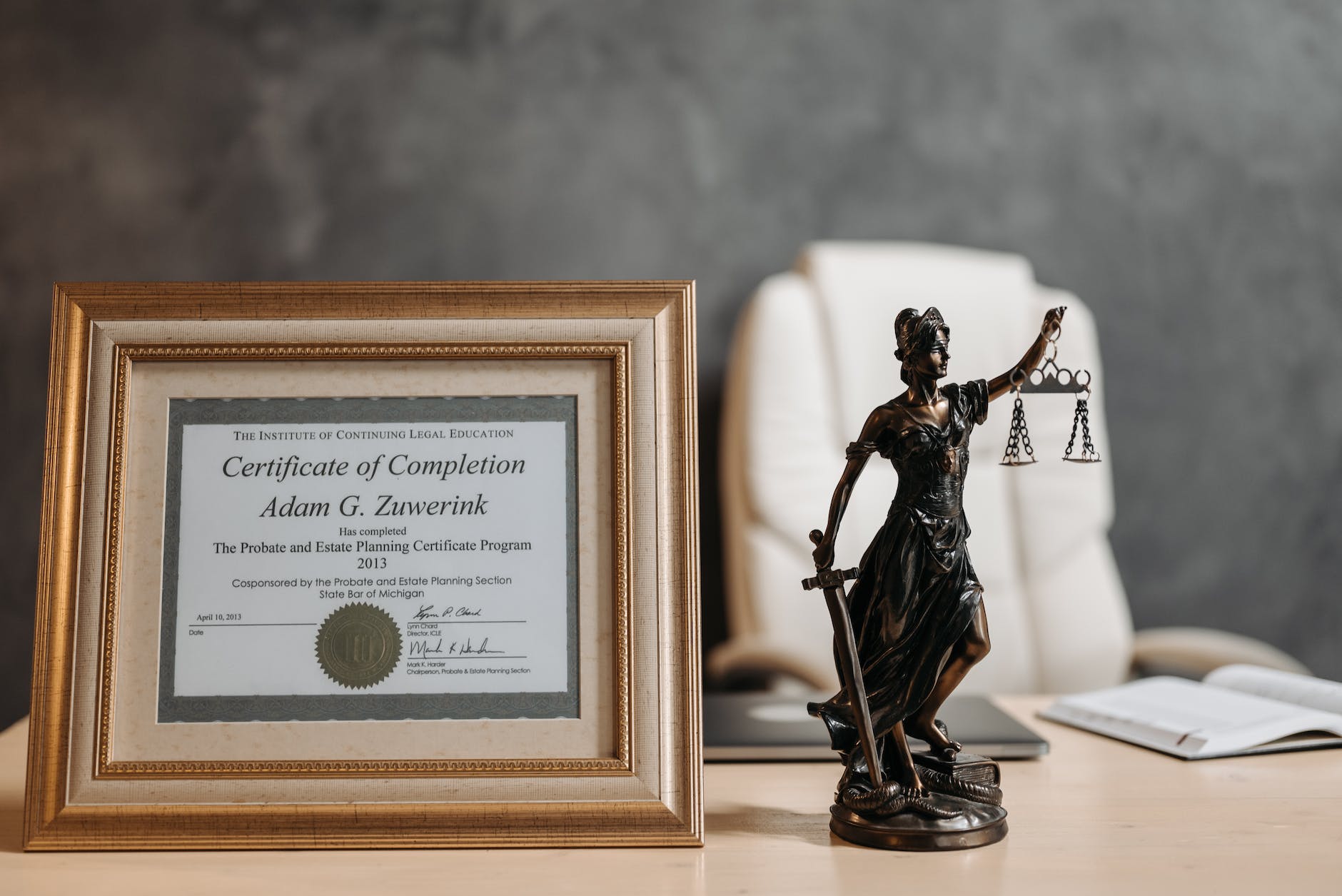
Certification
CPR is one of the most important skills that you can have, as it is incredibly helpful in any situation where a person’s heart stops. This technique keeps blood pumping throughout a person’s body when their heart is not working, which prevents irreversible brain damage that can happen when there is not enough oxygen getting to this vital organ.
However, you may not realize that you need to become recertified in CPR and other first aid measures every two years: this is not a one-and-done training that you can perform once and then never worry about again. Let’s explore why this is true and how you can go about becoming recertified after your certification has expired.
You may have forgotten much of what you learned
Many of us believe that we have a steel trap memory, but this is usually not true. We forget much of what’s taught to us if it is not immediately useful, because our minds prioritize that which we use regularly rather than on occasion.
This might be fine if you’re trying to recreate a recipe you made two years ago or jacking up a tire after you haven’t worked on a car in a while, but there’s no margin for error when it comes to helping someone who just had a heart attack or stroke. Performing CPR immediately can double or even triple a person’s chances of survival after a heart attack, so it’s essential that live-saving measures be performed as soon as possible. There is no time to second-guess yourself or look up guidelines online, because every second counts when someone’s heart stops.
CPR guidelines change regularly
Nothing is ever static in medicine, including first aid measures. As the body of research grows on effective live-saving measures, organizations update their guidelines to reflect the most recent understanding of how to correctly stabilize a person while waiting for further medical intervention.
Just last year, the American Heart Association adjusted their guidelines to require that rescuers put on protective gear before performing CPR so that they avoid contracting a respiratory illness like Covid-19 from their patient. Previously, anyone performing CPR was not encouraged to don any protective gear, but this guideline is likely to stay in place even after Covid-19 has entirely disappeared from communities.
This also reflects the fact that chest compressions are now considered the gold standard for CPR rather than rescue breathing. While some sources still recommend two rescue breaths every 30 chest compressions, many, including the American Red Cross and American Heart Association, now encourage rescuers to perform only hands-on CPR, with 100 to 120 chest compressions per minute.
If you do not become recertified, you may not be aware of how first aid has been updated to reflect new research, and therefore you may perform substandard rescue methods that do not improve a person’s chances of survival. It’s essential that you perform first aid measures correctly, or you may harm the person rather than assist them.
CPR Recertification is easier than ever with online courses
As you already know the basics of CPR certification, you’re a perfect candidate for an online CPR recertification class like those at protrainings.com/courses/cpr/recertification, which are convenient and affordable. Online courses like those by Pro Trainings are accepted by most employers, though they may require the additional hands-on training which is also offered by the vendor.
These courses are just like those you would take in person, but they are entirely virtual, so you don’t need to worry about finding a local class and taking time out of your schedule to learn. Instead, you can work on this certification whenever you want to, with on-demand videos and training manuals that let you refresh your memory at your own pace.
With highly qualified trainers, you will receive an in-depth refresh of everything you originally learned in a first aid course, as well as the most recent developments in the field of CPR. The lessons are organized in a way that you can cover one module in only a few minutes, which allows you to stay focused on exactly what you’re learning and fully absorb the information before moving on.
Better yet, these classes are very affordable at less than $65 for hours of instruction. That costs less than a night out, and the certification lasts for two years just like CPR recertification that you receive in a traditional classroom session.
There’s no reason to delay brushing up on your CPR skills, now that there’s an easy way to learn from the comfort of your home. You never know when you may need to jump in and save a life, so be sure to sign up for an online CPR recertification class as soon as possible.






